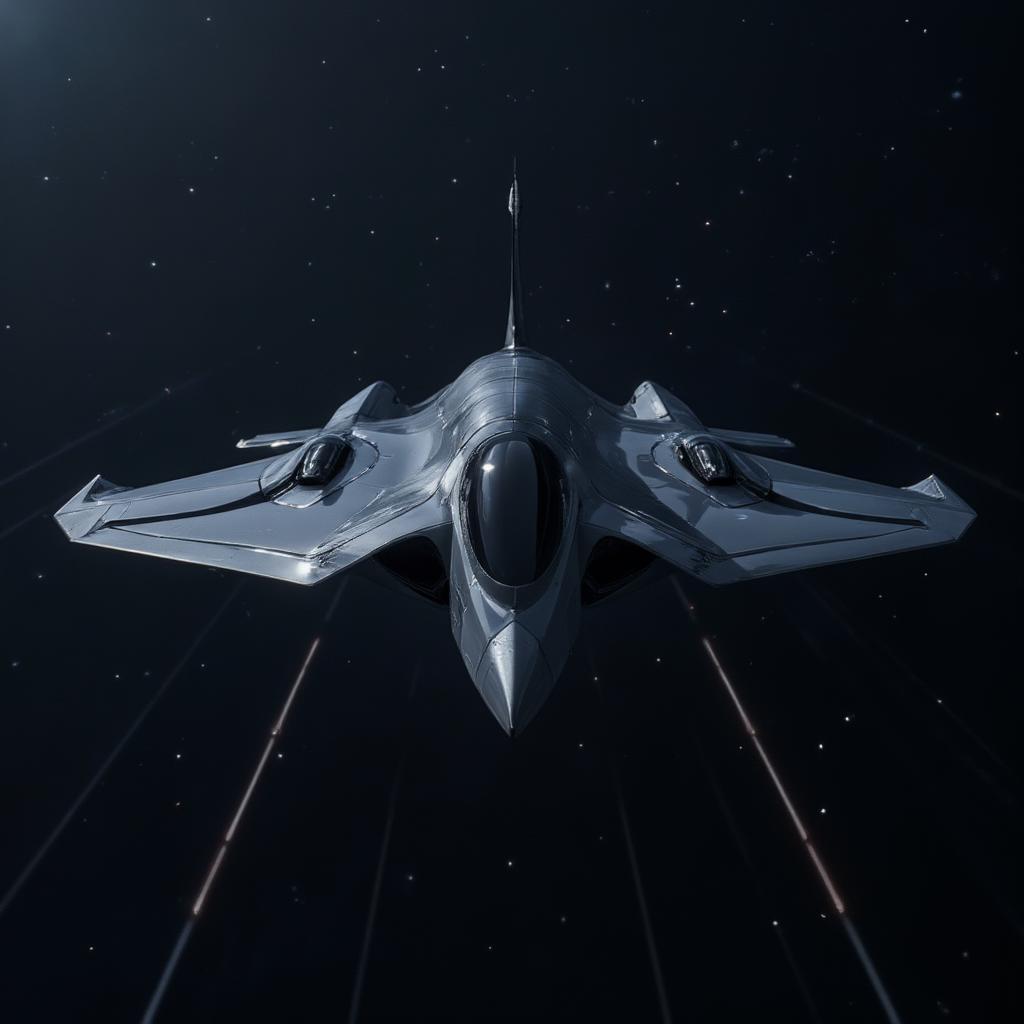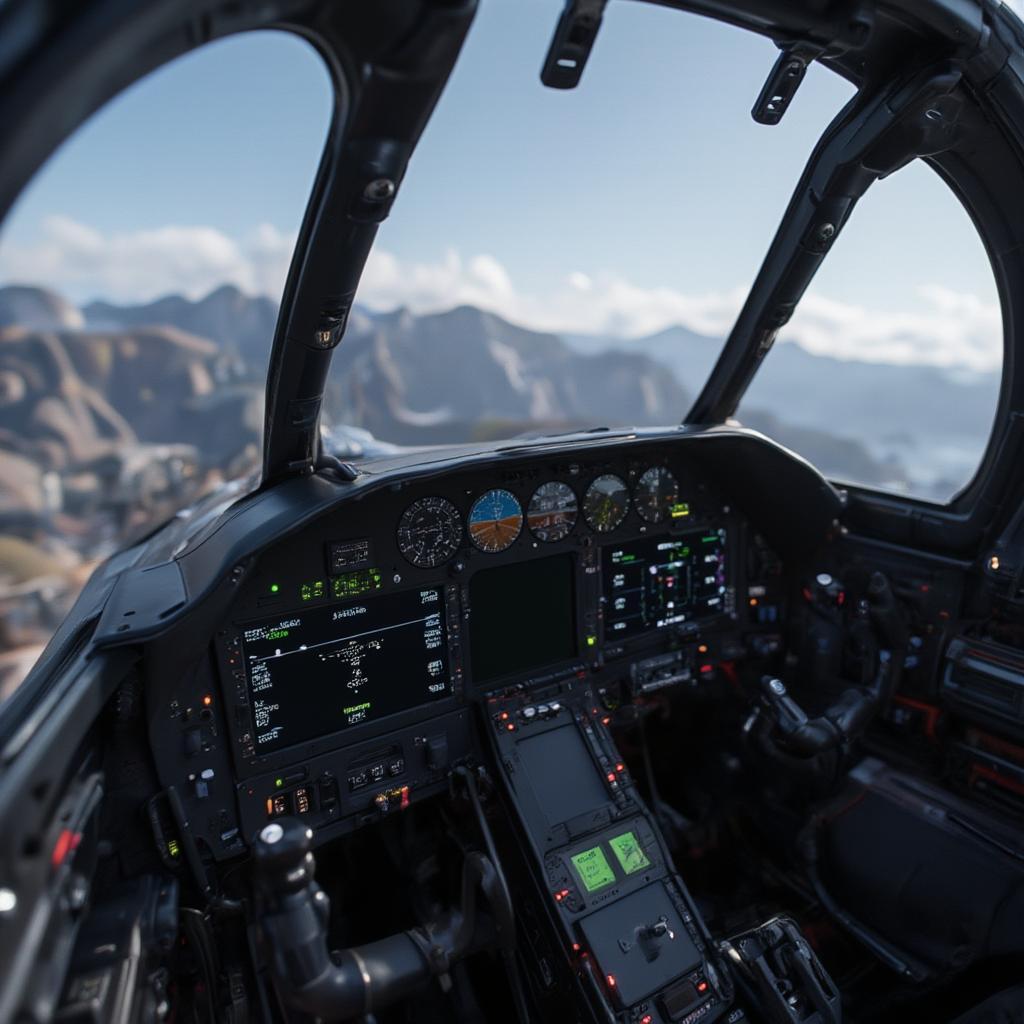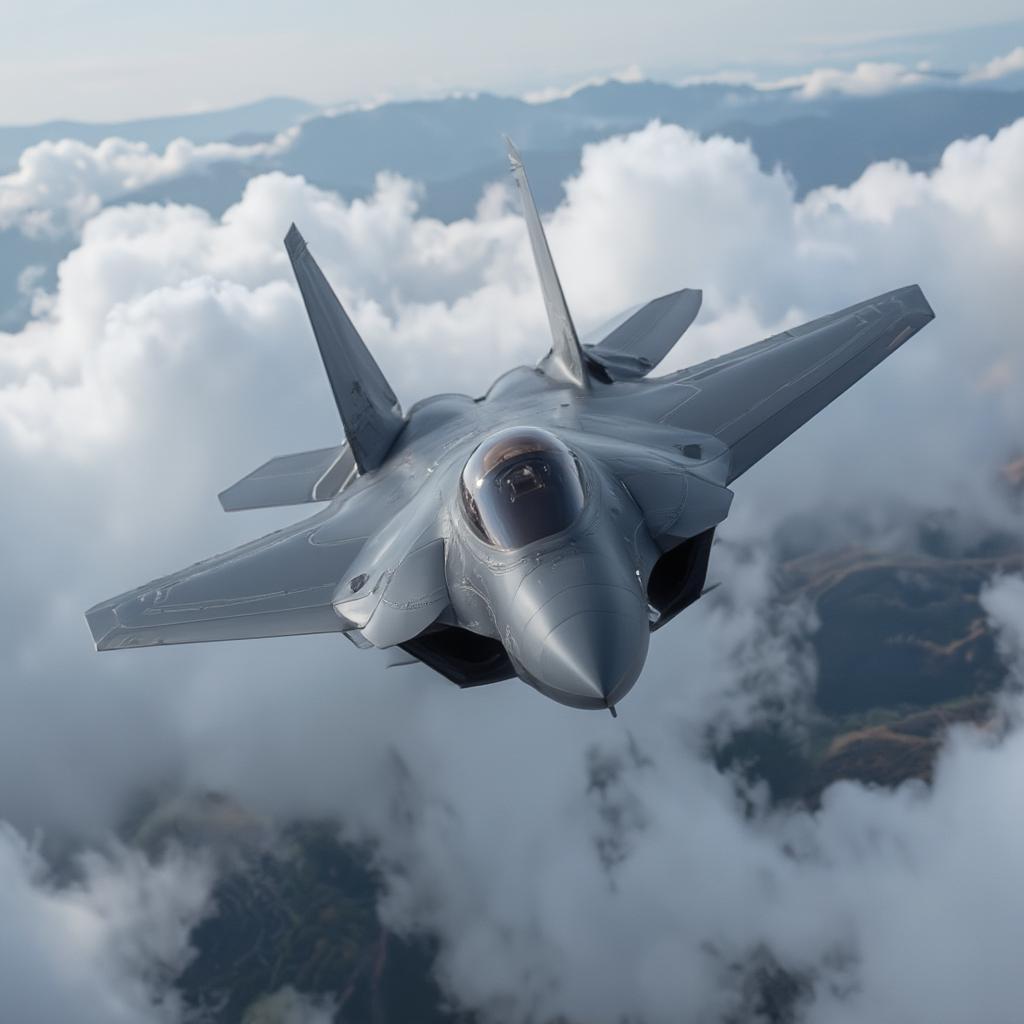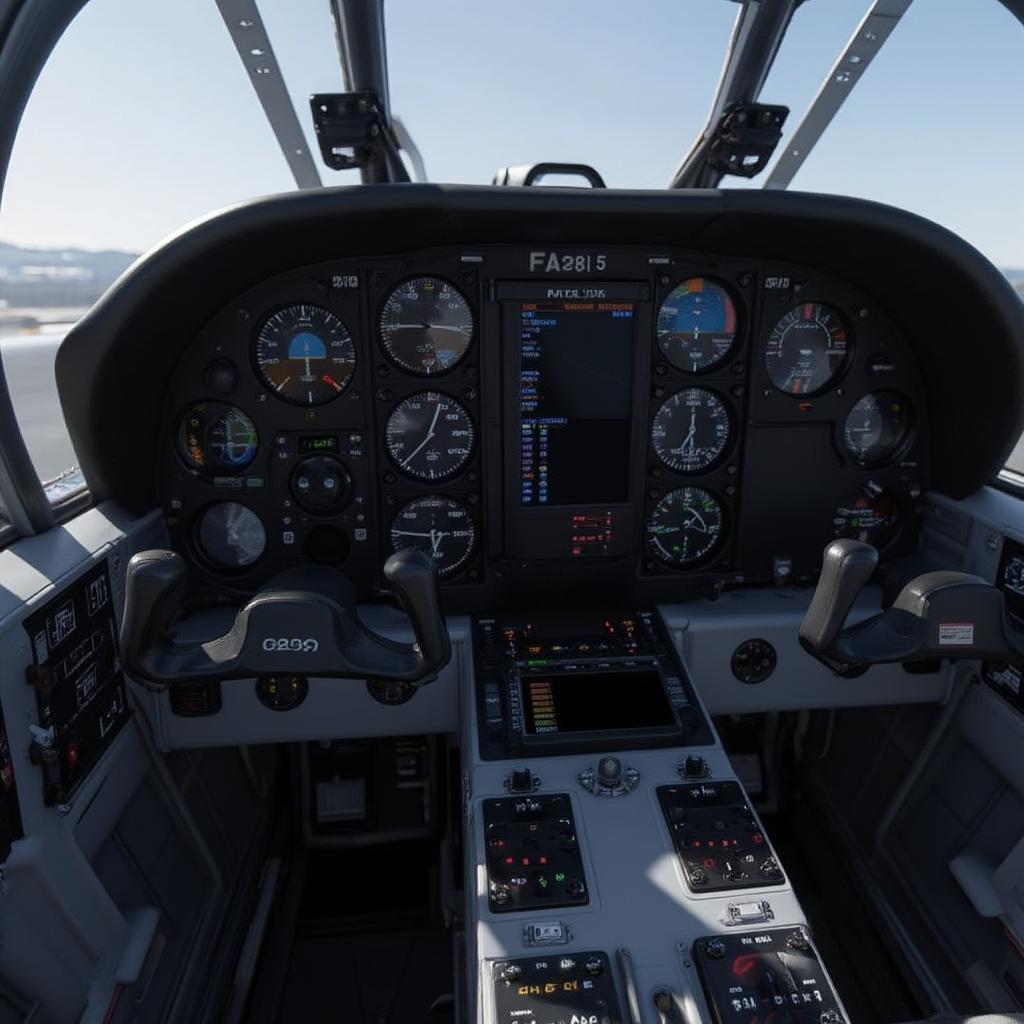US Fifth Generation Fighter: Shaping Modern Air Combat
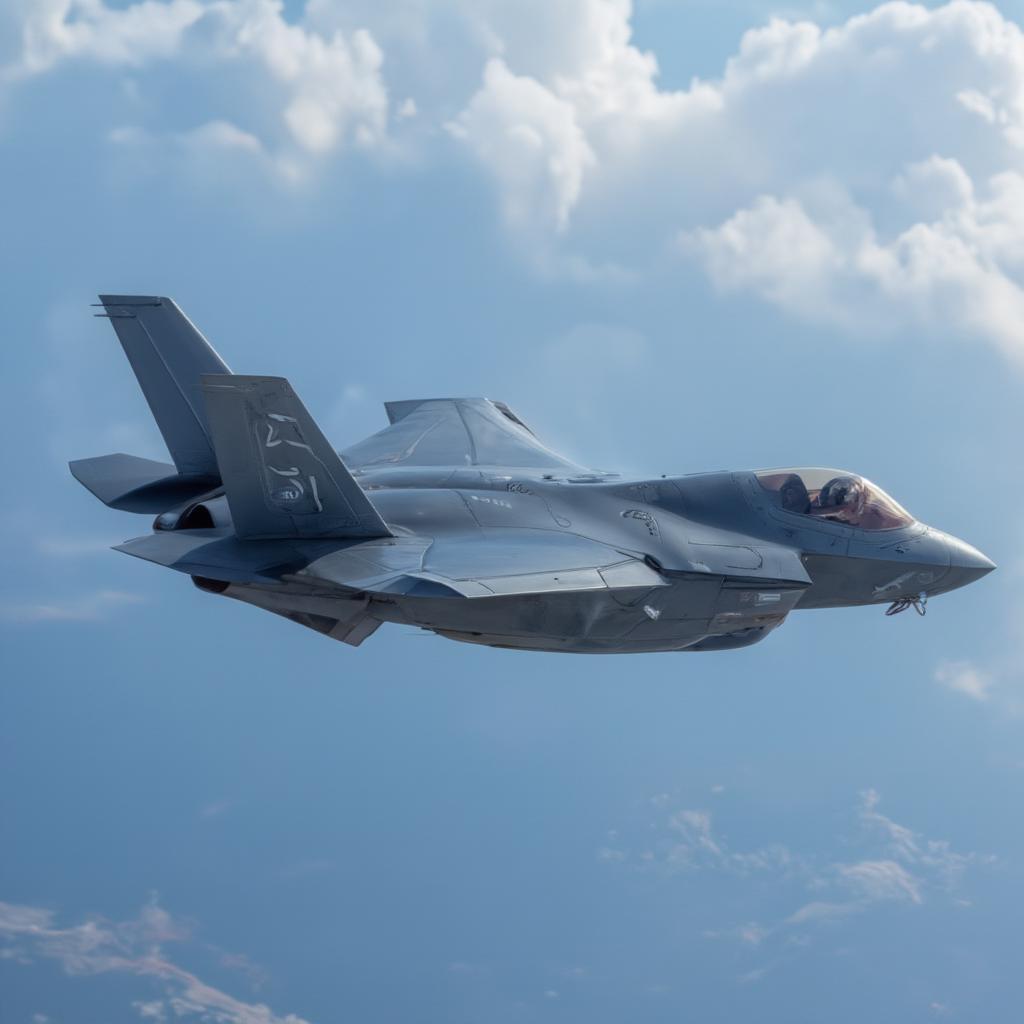
The advent of the Us Fifth Generation Fighter marks a paradigm shift in aerial warfare, representing not just an evolution in aircraft technology but a fundamental reimagining of air combat strategies. These advanced machines are more than just planes; they are sophisticated systems integrating stealth, advanced sensors, network capabilities, and formidable weaponry to dominate the skies. This article will explore the characteristics, capabilities, and strategic significance of these game-changing assets, focusing on how they redefine modern air power.
What Makes a Fifth Generation Fighter?
What exactly distinguishes a fifth generation fighter from its predecessors? It’s not just about speed or maneuverability, though these are certainly improved. The core difference lies in the integration of several advanced technologies:
- Stealth: This is paramount. These aircraft are designed with shapes and materials that minimize radar cross-section, making them incredibly difficult to detect.
- Sensor Fusion: Fifth generation fighters combine data from various sensors, such as radar, infrared, and electronic warfare systems, into a comprehensive picture for the pilot. This allows for superior situational awareness.
- Network Centric Warfare: These fighters are designed to operate as part of a larger network, sharing data with other aircraft, ground stations, and even naval vessels, creating a cohesive fighting force.
- Advanced Avionics: Cutting-edge displays, powerful processors, and highly automated systems are all part of the package, reducing pilot workload and enhancing decision-making.
- Superior Maneuverability: Despite the emphasis on stealth, these fighters retain impressive maneuverability, essential for dogfights and tactical engagements.

These elements combined result in a fighter that can see, assess, and react quicker and more effectively than anything previously deployed. But what does that translate to in real-world scenarios?
Capabilities of the US Fifth Generation Fighter
Let’s dive into the specific operational capabilities that make these aircraft so formidable.
Air-to-Air Superiority
The primary role of a fighter is to establish and maintain air dominance. US fifth generation fighters excel in this role due to:
- Beyond Visual Range (BVR) Combat: Stealth and advanced sensors allow these jets to engage adversaries from distances previously thought impossible, often before the enemy is even aware they’re under attack.
- Superior Missile Performance: These fighters are equipped with the latest air-to-air missiles, capable of hitting fast-moving targets at long ranges with high accuracy.
- Enhanced Situational Awareness: The fusion of sensor data gives pilots a complete understanding of their surroundings, allowing for quick and effective decision-making in engagements.
“The jump in capability from a fourth-generation to a fifth-generation fighter is truly monumental,” notes Dr. Emily Carter, a former aerospace engineer with the US Air Force. “It’s not just about adding a new feature; it’s about a complete systems upgrade, where everything is integrated for maximum effectiveness.”
Air-to-Ground Attack
While primarily designed for air-to-air combat, US fifth generation fighters are highly capable in ground attack roles. This is due to:
- Precision Guided Munitions: These jets can carry a wide array of precision guided bombs and missiles, allowing for the accurate engagement of ground targets with minimal collateral damage.
- Electronic Warfare Capabilities: They can use their advanced electronic warfare suites to suppress enemy air defenses, enabling safer and more effective ground strikes.
- Intelligence, Surveillance, and Reconnaissance (ISR): Their advanced sensor packages can gather valuable intelligence on enemy ground forces and movements, enhancing situational awareness and tactical planning.
Networked Warfare
The interconnected nature of these fighters is a game-changer. They can:
- Share Data in Real-Time: Data collected by one fighter can be immediately transmitted to others, creating a common operational picture and greatly enhancing coordination.
- Act as a Sensor Platform: They can serve as forward sensor nodes for other forces, providing valuable intelligence and targeting data.
- Link with Other Assets: These fighters can seamlessly integrate with ground forces, naval vessels, and even satellites, creating a unified battlespace.
To further explore related topics you may consider reading about fifth generation fighter and how these capabilities change air warfare tactics.
Current US Fifth Generation Fighters: The F-22 and F-35
The US currently operates two main fifth generation fighters: the F-22 Raptor and the F-35 Lightning II.
F-22 Raptor
The F-22 is the premier air superiority fighter of the US Air Force. It boasts:
- Extreme Stealth: It is considered to have the lowest radar cross-section of any fighter in operation today.
- Supercruise Capability: It can sustain supersonic flight without the use of afterburners, allowing for greater speed and efficiency.
- High Maneuverability: It is highly agile and designed for close-in dogfights.
- Exclusive Air-to-Air Role: Primarily designed for air superiority, and not intended for ground attack missions.
- Limited Production: Due to high costs, the production of the F-22 was halted, resulting in a relatively small fleet.
F-35 Lightning II
The F-35 is designed to be a multi-role fighter, used by the Air Force, Navy, and Marine Corps, as well as several allied nations. Key features include:
- Multi-Role Capability: The F-35 is capable of both air-to-air combat and ground attack missions, making it a versatile platform.
- Advanced Sensors: It is equipped with an impressive array of sensors, allowing for superior situational awareness.
- Network Centric Design: The F-35 is designed to be fully integrated into a larger network, sharing data with other platforms.
- Three Variants: The F-35 comes in three variants – the F-35A for the Air Force, the F-35B for the Marine Corps (with short takeoff/vertical landing capabilities), and the F-35C for the Navy (carrier-based operations).
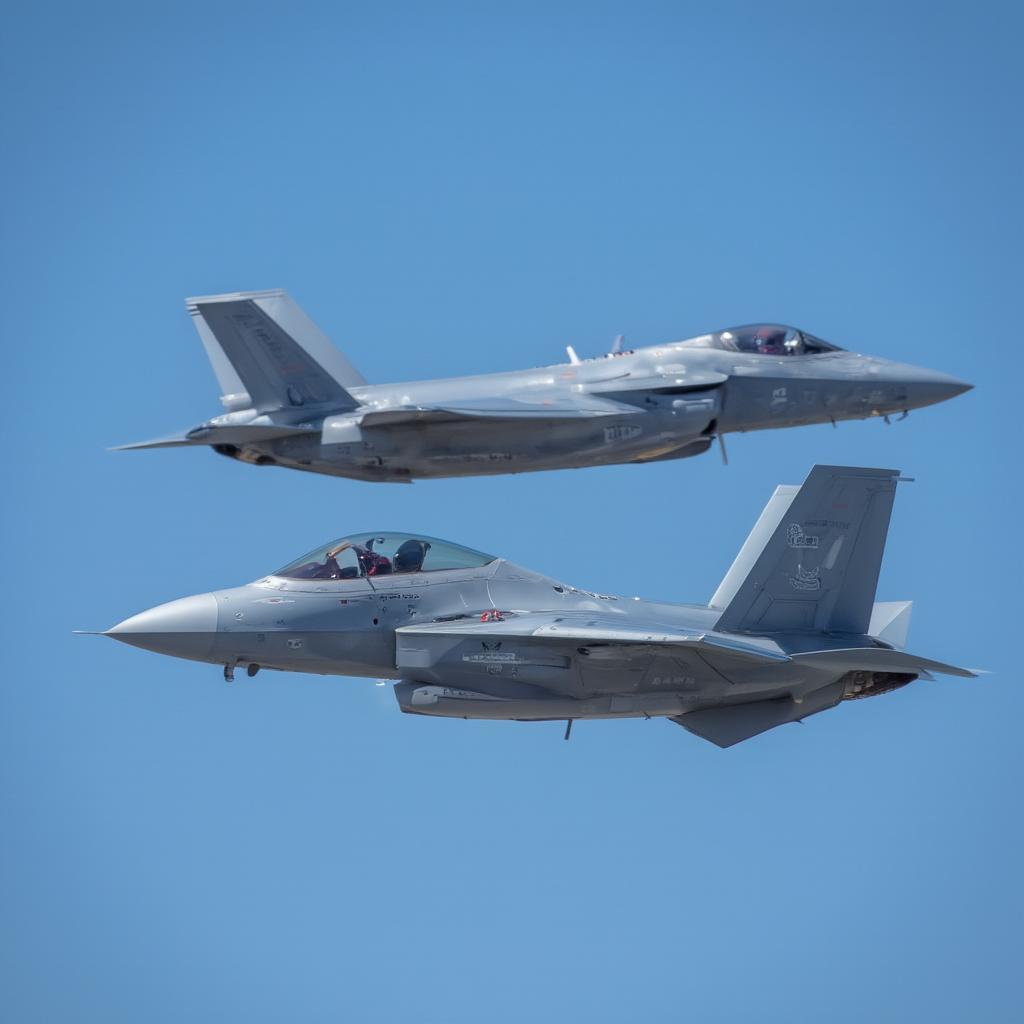
The F-22 and F-35, while both fifth generation fighters, fulfill different operational needs, forming a powerful two-pronged approach to US air dominance. You can also explore top fastest fighter jets to better understand speed in different aircraft.
Strategic Significance of US Fifth Generation Fighters
The impact of US fifth generation fighter technology goes far beyond just air combat tactics. It has profound strategic implications:
Deterrence
The advanced capabilities of these fighters serve as a powerful deterrent to potential adversaries. The fact that they are difficult to detect and engage makes any attempt at aggression risky.
Power Projection
They enable the US to project power into areas of strategic interest, allowing them to maintain a presence and respond quickly to any threat.
Technological Leadership
The development and deployment of these fighters demonstrate the US technological edge in aerospace, maintaining its position as a world leader in military aviation.
Allied Collaboration
The F-35 program involves numerous international partners, fostering cooperation and interoperability between allied air forces.
“The strategic value of our fifth-generation fighters cannot be overstated,” says General David Thompson, a retired US Air Force commander. “They allow us to maintain air dominance, deter potential adversaries, and project power on a global scale. Their development and deployment are essential to US national security.”
The Future of Fifth Generation Fighters
The current US fifth generation fighter platforms represent the state-of-the-art for now, but the pace of technological advancement means that even more advanced systems are under development. Areas being explored include:
- Artificial Intelligence: Incorporating AI to enhance sensor fusion, automate pilot functions, and improve decision-making.
- Hypersonic Weapons: Integrating high-speed, advanced missiles that can strike targets quickly and effectively.
- Directed Energy Weapons: The potential use of laser and microwave weapons for air-to-air combat.
- Next Generation Platforms: Research and development of next-generation platforms that may incorporate elements like unmanned technology.
The development of next generation air dominance ngad fighter is underway and will continue to change air warfare with the development of newer, more advanced technologies.
These future advancements will maintain the leading edge of US air superiority and further enhance the strategic value of fighter aircraft in global security.
Conclusion
The US fifth generation fighter stands as a testament to the continued pursuit of technological excellence in the realm of military aviation. With their groundbreaking combination of stealth, advanced sensor suites, and network-centric warfare capabilities, these aircraft redefine modern air combat. They not only contribute to the defense of the US and its allies but also serve as a symbol of technological prowess and a deterrent against potential adversaries. The continued development and deployment of these cutting-edge platforms will undoubtedly play a crucial role in shaping global security dynamics for years to come. If you’re a fan of fighter jets, you might also enjoy fighter plane games unblocked. And for a more interactive experience, check out jet fighter arcade.
Frequently Asked Questions (FAQs)
-
What are the main characteristics of a fifth generation fighter?
Fifth generation fighters are defined by stealth, advanced sensors, sensor fusion, network-centric capabilities, superior maneuverability, and advanced avionics, giving them a significant advantage over older generations. -
What are the main fifth generation fighters operated by the US?
The US currently operates the F-22 Raptor, a dedicated air superiority fighter, and the F-35 Lightning II, a multi-role fighter with various variants for different branches. -
How does stealth technology benefit these fighters?
Stealth minimizes the fighter’s radar cross-section, making it incredibly difficult for enemy radar to detect and track them, allowing them to engage targets with a major tactical advantage. -
What is sensor fusion in the context of fighter aircraft?
Sensor fusion is the process of combining data from multiple sensors (radar, infrared, electronic warfare systems) into a single comprehensive picture, providing the pilot with unparalleled situational awareness. -
How does network-centric warfare enhance the capabilities of these fighters?
Network-centric warfare allows these fighters to seamlessly share data with other platforms (aircraft, ground stations, naval vessels), creating a common operational picture and enhancing coordination. -
How are the F-22 and F-35 different?
The F-22 is primarily designed for air superiority with extreme stealth and maneuverability, while the F-35 is a versatile multi-role fighter, capable of both air-to-air and ground attack missions, with multiple variants for different use cases. -
What is the strategic importance of US fifth generation fighters?
These fighters are crucial for deterrence, power projection, maintaining technological leadership, and fostering collaboration among allied nations. Their capabilities provide a significant advantage in potential conflicts. -
What are some future advancements in fifth generation fighter technology?
Future advancements include integrating Artificial Intelligence, Hypersonic Weapons, Directed Energy Weapons, and even the development of completely new aircraft platforms that might be unmanned or hybrid in nature.

